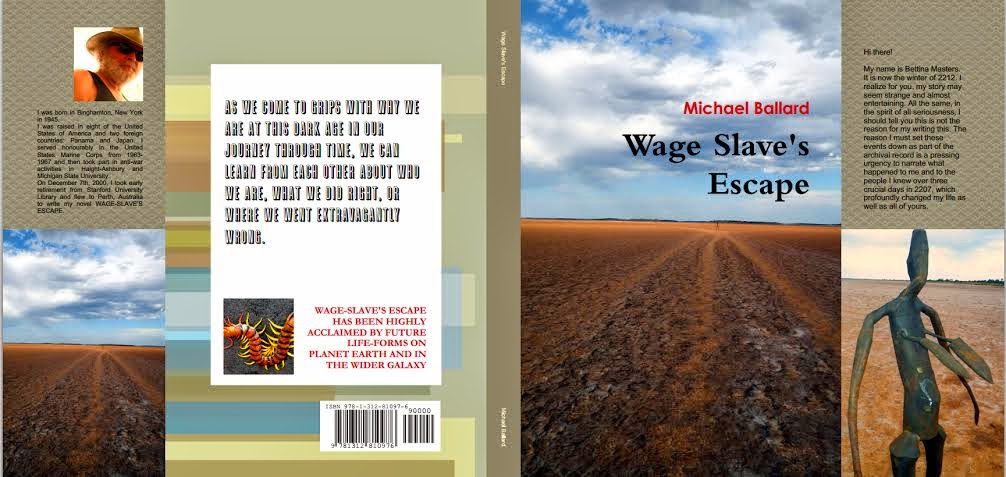The future is bright. "Be happy in your work."
Real wages in the USA have been stagnant since the mid-60s as labour productivity has increased in real terms at a 1.3% clip. Marx demonstrated that the exchange-value of a commodity decreases as the productivity of labour increases. The lower the value of commodities produced by labour, the lower the rate of profit, which of course, only occurs after the commodities have been sold at prices which fluctuate with supply and demand around their exchange-values.
Who will buy these beautiful commodities?
Some will be purchased by capitalists and landlords; but they will only buy as much as they think they need. After all, it's socially necessary labour time which goes into the commodities which are being sold. Part of what makes up the concept of 'socially necessary' is in the eyes and pocketbooks of the consumer. When the commodities being sold are more in number than the mass market can absorb (mostly because the the mass market's stagnating real wages), capitalists don't invest in industries in which workers would be producing more commodities than could be sold ergo, the cash sloshing around in capitalist bank accounts these days. So, there is a capitalist tendency to invest in ephemeral finance capitalist instruments, including government bonds issued by nations where capitalists are in a selling boom e.g. Australia's mining capitalists.
Australia's dollar (AUD) is now very much stronger (59 USD cents in 2000/$1.05 USD 2013), as a result of the industrial mining boom while the U.S. dollar (USD) is very much weakened through the export of the non-finance/industrial capital to areas of the world where increased rates of profit can be achieved via much lower prices for labour power of the same value as in the U.S.A.. However, the U.S. working class will begin to catch up with the low prices for labour power in other parts of the world and will be kept in that state as the price of the USD commodity (yes, money is a commodity too) falls due to Quantitative Easing (QE). The falling USD will stimulate the export of commodities produced by U.S. workers making ever lower real wages, especially when those wages are in USD with less and less value. So, expect more investment in the USA by foreign and domestic capitalists in future where rates of profit will be greater due to lowered real wages and ever increasing labour productivity. The AUD will remain strong as long as capitalist consumers in China, India and other industrialising political States keep buying iron ore and other natural resources like coal from Australian capitalists prices exceeding the value of the commodities being sold. That is, Australian mining capitalists are selling coal and iron at prices computed in the overpriced AUD. When and if other sources for this wealth found in Nature are found, the AUD and the Australian economy will fall. Then and only then, will Australian capitalists not in the mining business be able to hire cheaper Australian labour power, denominated in a lower priced AUD for the purpose of producing commodities like solar power panels and so on for export to the mass markets of the world.
The private ownership of wealth is, in itself, a political power over those whose share of the wealth, the majority produce, is considerably less than it should be--I mean, seeing as the majority produced it in the first place. M>C>M' =wage-labour

